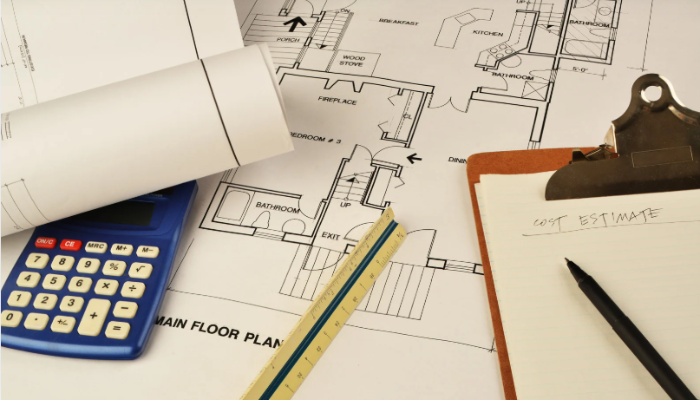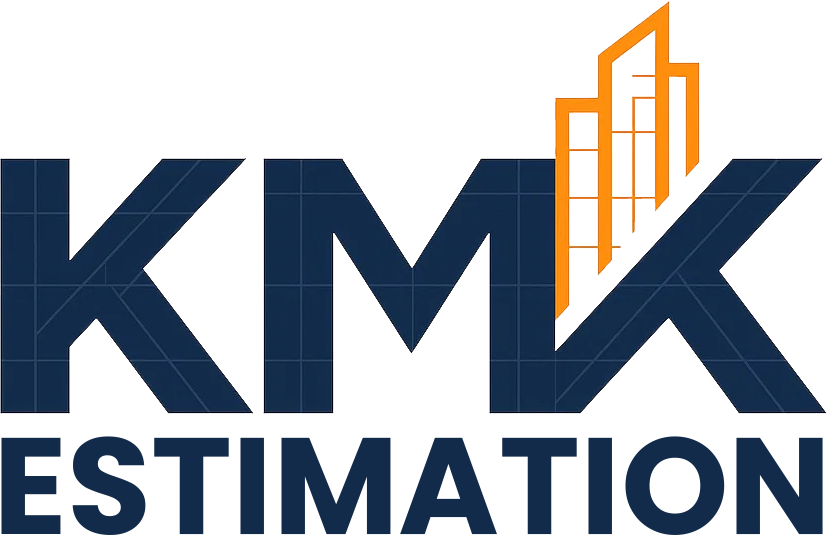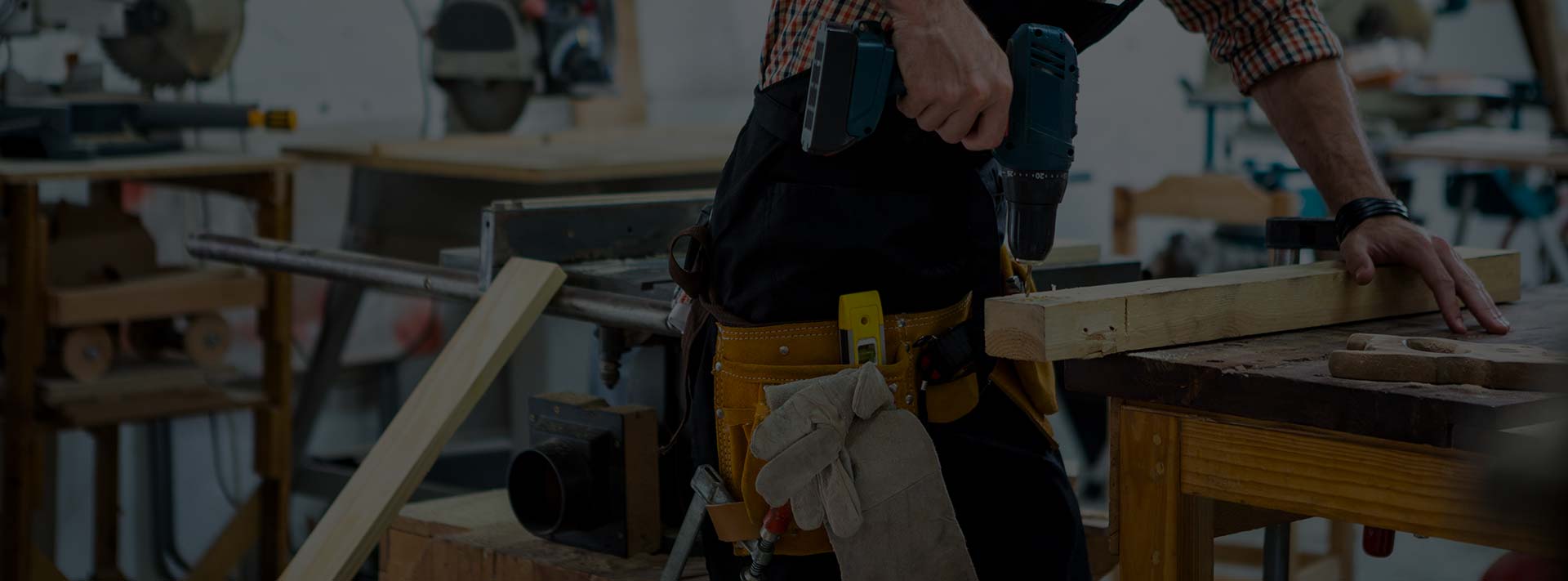
25 May Easily Calculate Home Construction Cost Per Square Foot
If you’re considering building the house of your dreams or another type of construction, one of your first questions is: What will the cost be? Understanding the price of construction per square foot is essential. It’s a straightforward method of determining the amount of money needed for the size of your building.
Suppose you’re a homeowner designing your dream house, a construction company managing several projects, or even a developer planning a significant investment. In that case, this number will help you make informed, responsible choices.
The problem is that prices aren’t precisely the same across all locations. Prices can differ significantly based on the area you reside in, the materials you choose, and the type of material you choose.
What is the Construction Cost Per Square Foot?
Construction cost per square foot can be a straightforward method to determine what building a structure of that dimension will cost if you’re building a home with a total area of 22,000 square feet. If construction costs are $150/square foot, your project will cost 2,000 x $150. This is equal to $300,000. Like valuing something in pounds, the measurement is solely pace, not weight.
The number can help everyone, homeowners, contractors, and real estate developers, during a construction venture, to better understand their spending. This makes comparing various building alternatives easier, allowing design adjustments to align with the budget and avoiding paying more than you anticipated. This is why it’s an essential aspect of the construction industry.
How to Calculate Construction Cost Per Square Foot?
Calculating home construction costs per square foot may appear complicated, but it’s pretty simple once you break it down. The key is knowing how big the building is and the process involved in building it. Let’s go through the steps in a manner that is easy to grasp.
Initially, you must calculate the total square footage in the area you plan to build in. This is simply measuring the size of your structure. If you’re constructing a one-story home 40 feet wide and 50 feet long, multiply the two numbers: 40 times 50. This will give you 2000 square feet. It’s the total size of your home.
It’s time to record all the essential elements of the cost. This includes things such as:
- Materials like bricks and cement, wood, paint, and roofing.
- The labor cost is the amount you pay the specialists and workers for their services.
- Equipment such as machines designed to lift, dig, or construct.
- Overhead is the term used to describe permit management, project management, and any other hidden costs.
- Finally, profits are the amount a contractor earns by doing their work.
Once you’ve added the cost total of these items, you’ll get your estimate of construction costs.
The final step: Divide that cost by area. For example, the estimated price for a 2,000-square-foot home is $300,000. Divide $300,000 by 2,000, and you receive $150. This means that your construction expense is $150/square foot.
Cost of Construction Per Square Foot By Location
The location where you’ll build it can significantly impact the price. This is because prices for construction vary by the area. Some areas have higher labor prices while others have greater material expenses, and certain areas have higher building permits and property costs. Thus, regional variations could significantly impact construction costs when designing.
Let’s glance at a couple of instances to help us understand.
Construction is often expensive in California, particularly in major cities such as San Francisco or Los Angeles. The reason is that labor is higher priced, while materials are more costly to purchase locally or ship. Furthermore, California has strict building regulations to ensure earthquake safety and energy efficiency. These regulations are crucial for security. However, they increase the price.
Compare that with Texas. For cities like Houston or Dallas, the building cost is typically cheaper. The labor is readily available and is usually less costly. Materials are easy to obtain and are less expensive. In addition, the building codes are not as strict as those in California, which can reduce time and costs.
There is also New York, mainly New York City. Costs for construction in New York can be one of the highest anywhere in the world. The cost of labor isn’t just high. However, space is also limited, as well as getting the materials in the city may be a problem. The construction process can take a long time, and time counts. This means that construction companies in New York have to plan with greater care to control costs.
Evaluating Factors in Construction Cost
If you’re trying to figure out what building will cost, consider aspects other than the construction cost. Many factors may increase or decrease construction prices, andthesem will help you make better decisions and stay clear of unexpected expenses. We’ll look at the top factors.
Material Costs
These are used to construct the bricks, cement, wood roofs, steel, and glass. The quality and type of the material you pick will significantly impact the price. Like hardwood floors, they are more expensive than vinyl, and concrete walls are typically much more costly than framing wood. Prices for materials also vary based on supply and demand. In the event of a deficiency in things, prices may climb.
Labor Costs
Experts in the field of plumbers, electricians, and carpenters have to pay, and the costs can differ based on where you reside. This is directly related to the location. Some cities have labor that is more affordable and readily available. That is why it is more difficult to find workers, so they cost higher prices. Thus, the construction structure will cost you more to replace than the other state.
Architectural Design
A square-shaped house with a simple roof layout and roof is less expensive to construct than homes with elaborate forms, tall ceilings customized windows, and numerous corners. Complex designs can take longer to design and require more equipment, materials, and expertise, which can increase the price.
Type of Construction
If you’re designing an individual home, it’s likely to cost more. Everything from the layout to the final touches has been designed to meet your needs. A house that is a production or part of a planned neighborhood typically costs less because builders utilize similar layouts and construction materials in large quantities, thus reducing time and cost.
Site Condition
Also, be aware of permitting and site conditions. If your property is level and simple to construct, it’s excellent. However, if the land is rocky, sloped, or requires clearing, this adds additional labor and expense. By local rules and regulations, you’ll have to purchase building permits, inspections, and specific tests.
Ways to Control and Decrease Construction Costs
- Start by optimizing your floor plan. A well-designed layout uses space efficiently, reducing wasted square footage and lowering costs. Simpler building shapes usually cost less to build.
- Choose cost-effective, durable materials that are easy to work with. For example, engineered wood is often cheaper than solid hardwood, and metal roofing lasts longer than shingles. Using local materials also cuts shipping costs.
- Always plan for contingencies. Set aside about 10% of your budget for unexpected expenses like price changes or delays to avoid costly surprises later.
FAQs
Is residential cost different from commercial construction cost per sq. ft?
Yes. The price per square foot can vary according to the type of structure. Regarding residential construction, including apartments and houses, the cost comprises flooring, roofing, plumbing, and finishes such as cabinets or paint. This is usually a reflection of the homeowner’s decisions about how their home is designed and appears.
However commercial buildings, including storefronts, office buildings, or even schools, could have additional features like elevators, parking areas, or more robust structural systems. The structures are usually more intricate and require stricter regulations, which could increase the price per square foot significantly more than those for residential developments.
Read More:





Sorry, the comment form is closed at this time.